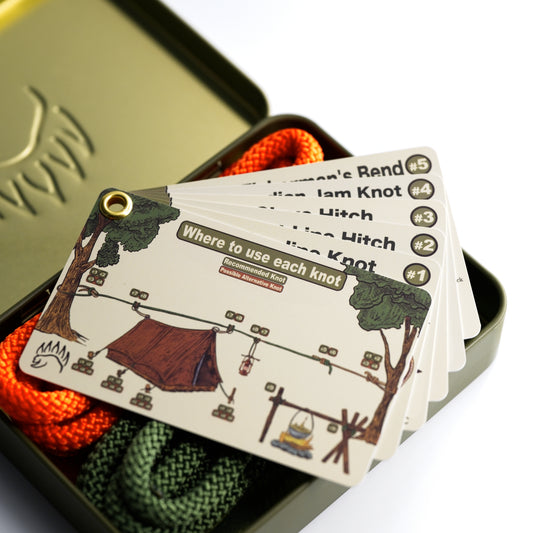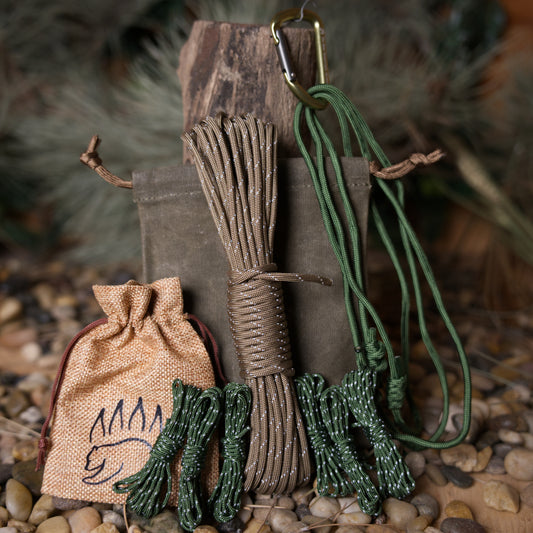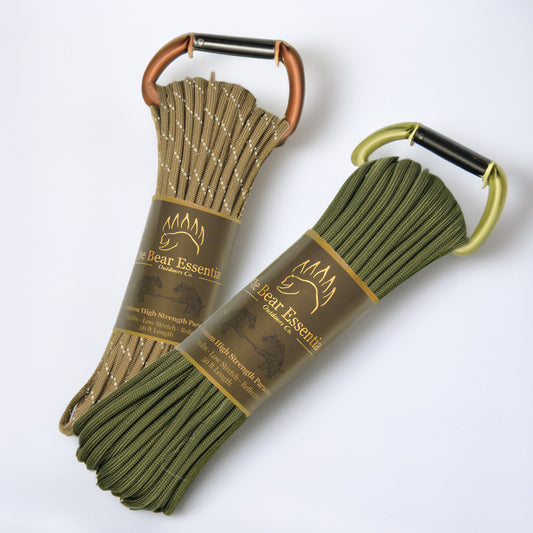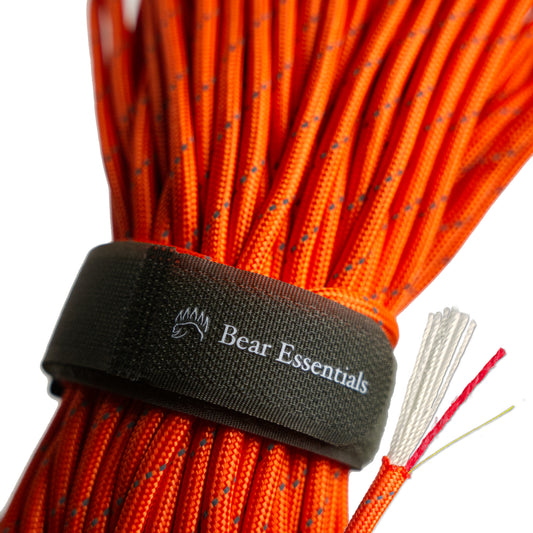How to Tie the Kalmyk Loop
Usage
The Kalmyk Loop is commonly used to create a fixed, quick-release loop at the end of a rope in bushcraft, camping, and utility tasks, ideal for temporary ties. Compared to the Bowline, it’s faster to untie with a tug on the free end, making it a popular alternative in Russia. Its secure, slip-resistant loop is valued, but it can loosen without tension. This knot is a favorite for shelters and rigging.
Why Learn the Kalmyk Loop?
Its quick-release feature ensures fast, reliable loop creation. This knot is a must for outdoor enthusiasts needing secure, temporary loops.
Common Uses
-
Bushcraft:
- Secures tarps or shelters to trees or posts.
- Creates loops for hanging gear or setting traps.
-
Camping:
- Ties guylines for tents, releasing easily for takedown.
- Fastens ropes to stakes for quick camp setups.
-
Utility:
- Forms temporary loops for securing loads or equipment.
- Attaches ropes for dragging or hanging objects.
ABOK Number
(Ashley Book of Knots)
Other Names
Category
|
Notable Features
- Quick Release: Unties instantly by pulling the free end.
- Secure Hold: Maintains a fixed loop under moderate loads.
- Versatile Use: Suits shelters, guylines, or utility loops.
- Easy to Tie: Forms rapidly with practice, even with gloves.
- Cultural Roots: Traditional knot used by Kalmyk nomads.
Variations
The Kalmyk Loop is a slipped version of the Cossack Knot or Eskimo Bowline. Without the slip, it becomes the non-releasable Cossack Knot.
Similar Knots
Bowline vs. Kalmyk Loop
- Pros: Easier to tie and widely used for fixed loops.
- Cons: Harder to untie after heavy loads compared to the Kalmyk’s quick release.
Slipped Lapp Bend vs. Kalmyk Loop
- Pros: Also quick-release and adjustable as a fixed loop.
- Cons: Less secure, prone to collapsing under tension.
History
The Kalmyk Loop, named after the Kalmyk nomads of Russia, is a traditional knot not listed in The Ashley Book of Knots but featured in the Russian equivalent, Морские узлы by Lev Skryagin. Its quick-release loop made it a staple for Mongolian herders and Russian bushcrafters, often used instead of the Bowline. Its growing popularity in the West reflects its reliability for temporary, easy-to-untie loops.
Security Level
The Kalmyk Loop provides reliable strength for light to moderate loads when properly dressed, securely holding loops for shelters or rigging. It performs best with textured ropes under consistent tension. For heavy or critical loads, a Bowline or other fixed loop knot is recommended to ensure stability, as the Kalmyk may loosen without tension.
Downsides
- Loosening risk: May loosen without constant tension on the line.
- Dressing sensitivity: Must be properly dressed to avoid collapsing.
Structure
- Wrap the rope around an object and form a loop with the standing end on the bottom.
- Feed the working end through the loop from the bottom.
- Create a bight in the working end.
- Pass the bight over the loop and under the standing end, then through the loop again.
- Tighten by pulling the standing end and right side of the loop, then test by pulling the free end to release.
Pro Tip: Dress the knot carefully to avoid collapsing into a slip knot.
FAQ
Is the Kalmyk Loop strong enough for heavy loads?
It’s reliable for light to moderate loads, but test with strong ropes and avoid critical tasks.
What’s the best rope for the Kalmyk Loop?
Nylon or polyester ropes, like 6-8mm, provide good grip and flexibility.
How does the Kalmyk Loop compare to the Bowline?
The Kalmyk is faster to untie with a quick release, but less secure without tension.
Can the Kalmyk Loop be used in bushcraft?
Yes, it’s ideal for temporary shelters or gear loops needing quick release.
Why choose the Kalmyk Loop over a Slipped Lapp Bend?
It’s more secure and less likely to collapse, though slightly trickier to tie.
Important Notes on Safety
Common failure points include improper dressing or lack of tension, which can cause the knot to collapse into a slip knot. Always verify the knot is snug and properly dressed before use, and avoid critical loads.
Check the rope for wear or slickness before tying.
Ensure the knot is tightened on the standing end and right loop side.
Practice in low-stakes settings to master tying and releasing.







